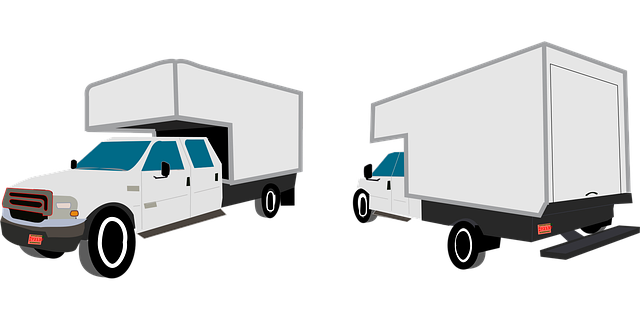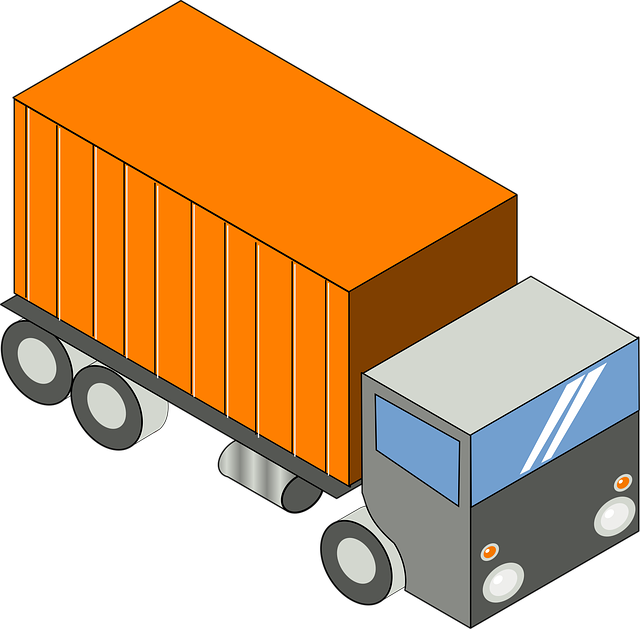Looking to register your car in California? It’s a straightforward process, but understanding the requirements is key. This guide will walk you through everything from gathering essential documents for a seamless vin verification to completing the registration online or at a DMV office. We’ll also cover the payment of fees and how to receive your new license plate. By following these steps, you’ll have your California car registered in no time.
- Understand California Car Registration Requirements
- Gather Necessary Documents for VIN Verification
- Perform Vehicle Identification Number (VIN) Check
- Complete Online Registration or Visit DMV
- Pay Registration Fees and Receive License Plate
Understand California Car Registration Requirements

Before registering your car in California, it’s crucial to understand the state’s specific requirements for vehicle registration. One key aspect is ensuring the Vehicle Identification Number (VIN) is verified accurately. This process confirms the vehicle’s authenticity and history, which is essential for safety and legal compliance. In California, you’ll need to provide a valid, clear VIN from a reliable source during the registration application.
A mobile vin verifier or mobile vin inspection service can be beneficial here, as it allows for convenient and efficient VIN verification. These services use advanced technology to cross-reference your vehicle’s information with databases, ensuring the VIN is not compromised, stolen, or associated with any outstanding issues. This step is non-negotiable, so make sure you have a clear understanding of how to obtain an accurate and up-to-date VIN for a smooth registration process.
Gather Necessary Documents for VIN Verification

Before registering your car in California, you’ll need to gather several important documents for VIN (Vehicle Identification Number) verification. This process is a crucial step in ensuring the accuracy and legitimacy of your vehicle’s details. For a seamless mobile vin verification or vin inspection, have ready the following:
1. Proof of ownership: A valid title document or a bill of sale that shows you are the legal owner of the vehicle.
2. Valid driver’s license: Ensure you carry a current California driver’s license or an out-of-state license with appropriate identification.
3. Vehicle registration history: If you’ve previously registered the car, provide proof of this history to avoid any issues.
4. Insurance information: Proof of auto insurance is necessary, so have your policy details handy for the vin inspection.
Perform Vehicle Identification Number (VIN) Check

Before registering your car in California, performing a Vehicle Identification Number (VIN) check is a crucial step. This process involves verifying the vehicle’s history to ensure it meets all legal requirements and safety standards. A VIN verification helps identify any previous accidents, outstanding loans, or potential theft issues that could hinder the registration process.
In California, you can complete this vin verification through various methods, including using a mobile vin inspection service. These services offer convenient, on-site assessments where a trained professional will use specialized equipment to cross-reference your VIN with national databases. Alternatively, there are also online tools and mobile vin verifier apps that streamline the process, allowing you to check your vehicle’s history quickly and efficiently from the comfort of your home or even while you’re waiting in line at the DMV.
Complete Online Registration or Visit DMV

You can start the car registration process in California either online or in person at a DMV office. Completing the registration online is often faster and more convenient, especially if you have all your documents ready. The first step involves verifying the vehicle’s identification number (VIN) through an approved mobile vin verifier or during a mobile vin inspection to ensure the vehicle is authentic and not reported as stolen.
Once your VIN has been verified, you can move on to creating an account on the California DMV website and filling out the registration form. This method allows for a quicker turnaround time compared to visiting a DMV in person. Alternatively, if you prefer a more traditional approach, you can gather the necessary documents and visit a local DMV branch for a direct and comprehensive car registration experience.
Pay Registration Fees and Receive License Plate

After completing your vehicle’s registration application at the DMV, the next step is to pay the required fees. These fees vary based on the type and age of your vehicle, but typically include a base cost plus taxes and surcharges. Once your payment is processed, you’ll receive your vehicle’s license plates. These plates are essential for identifying your car and must be displayed prominently on both the front and rear of your vehicle.
A crucial part of this process involves verifying your vehicle’s unique identifier, known as the Vehicle Identification Number (VIN). In California, you may opt for a mobile VIN verification or use a mobile VIN verifier to streamline this step. This ensures that your car is genuine and has not been reported stolen, providing an extra layer of security and peace of mind before finalizing your registration.
Registering a car in California is a straightforward process, but understanding the requirements and gathering the necessary documents are key. After performing a Vehicle Identification Number (VIN) check for verification, you can either complete the registration online or visit a DMV office. Once approved, pay the required fees and receive your license plates, ensuring a smooth transition for your newly registered vehicle in the Golden State.
